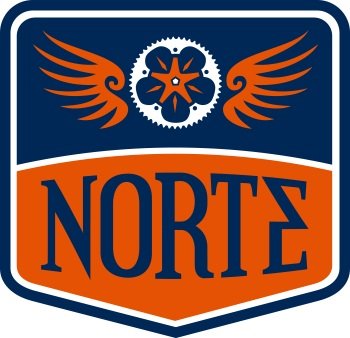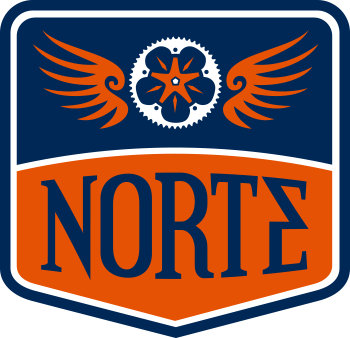What Size Bike Do I Need for My Child?
There’s nothing more exciting for a kid than new bike day. Finding the right size kids’ bike is key to providing them with a positive riding experience, but it isn’t always easy. Manufacturers use different measurements and recommendations based on wheel size, frame size, plus rider age or height. Make sense of it all with a few tips on how to fit a bike for a kid.
Child Bike Sizes – A Primer
Most kid bikes are sized on the height of the wheel. A 24” bike has a wheel size that is 24” tall; this seems straightforward, but it’s a notable difference from the frame-based sizing found in adult bikes. Wheel size is just one part of choosing the right-sized bike, however. Grab a tape measure and jot down a few additional numbers, too.
· Inseam – Measure your child’s inseam from the ground up, but make sure they’re wearing shoes! This increases the accuracy of the measurement.
· Child height – Measure your child’s height; manufacturers often reference this and may help narrow down your options.
Armed with these two measurements, you’re ready to find your child a new (or new to them) bike!
Related: How to Teach a Kid to Ride a Bike
How to Determine Bike Size for a Child
Give yourself plenty of time to test ride bikes with your child, squeeze levels, kick tires, and encourage them to ride a few bikes to find the right fit, braking and shifting styles, and color. The more excited about the bike and the more ownership they take in the process, the better! (Don’t forget to bring your tape measure!)
1. Start your search with this child bike size chart. You’ll quickly find that your child can ride a few different sizes based solely on their inseam or comfort level. In most cases, it’s best to lean toward the smaller-sized bike if your child is newer to riding or isn’t confident. We usually advise against buying a bigger frame for kids to “grow into” because it could put them in an unsafe position or cause negative experiences as they learn.
2. Find the right seat height. For kids, it’s usually best to measure seat height from the ground to the top of the seat, reducing any issues from frame design variations. It also lets you use one of your handy measurements. You can get the child’s seat height very close by using their inseam measurement. A beginner rider’s seat height should be about the same as their measured inseam. More experienced riders can set their seat height a little taller; start with their inseam plus 2” and increase in quarter-inch increments until they’re comfortable or there’s a slight bend in the knee.
For coaster brake bikes (bikes that stop when the child pedals backward), make sure there is plenty of bend in the knee to maintain the ability to stop quickly and forcibly.
More Tips on How to Choose the Right Size Bike for a Kid
Getting the frame size and wheel size right is an excellent start, but there are a few more details to consider. Whether you’re buying a new bike or adjusting a used bike to suit your child, run through this short checklist before your first ride.
Check the brake lever pull. Make sure your child can comfortably reach the shifters and, even more importantly, the brake levers. If your child has to lift any part of their hand or balm from the handlebar to pull the brakes, try adjusting the brake lever “pull” or ask a local bike shop for assistance.
Tighten everything. Grab a set of Allen keys or your favorite multitool to tighten down every bolt, especially the seat post collar, stem bolts, and the bolts under the seat.
Check the tire size. Make sure you have a spare tube that will work for the bike’s tire size. Note that most kids’ bikes have a black Shraeder valve like the one on a car. Most performance adult bikes have the skinny, shiny Presta valve; these two valves use different bike pump attachments, so make sure your pump can handle both!
Get Your Kids Rolling with Norte Youth Cycling
From the perfect fitting bike to the perfect bike community, Norte Youth Cycling is a non-profit dedicated to supporting happy, healthy kids. From our Bike Library to bike-centric programs, we’ve been helping get kids on bikes since 2014. Learn more about our mission and consider donating to today!


